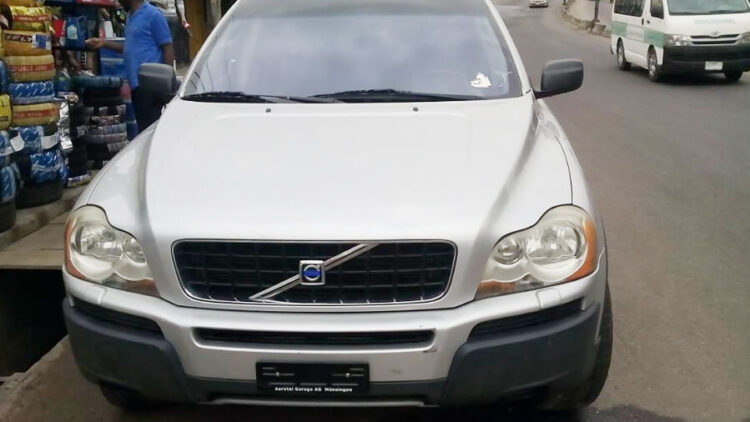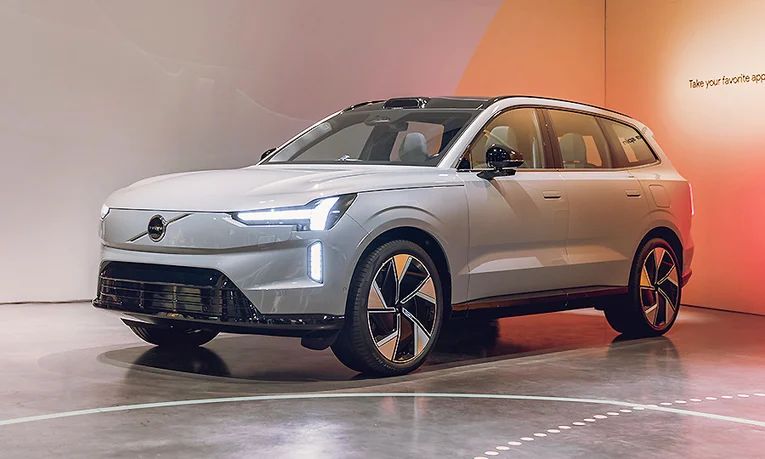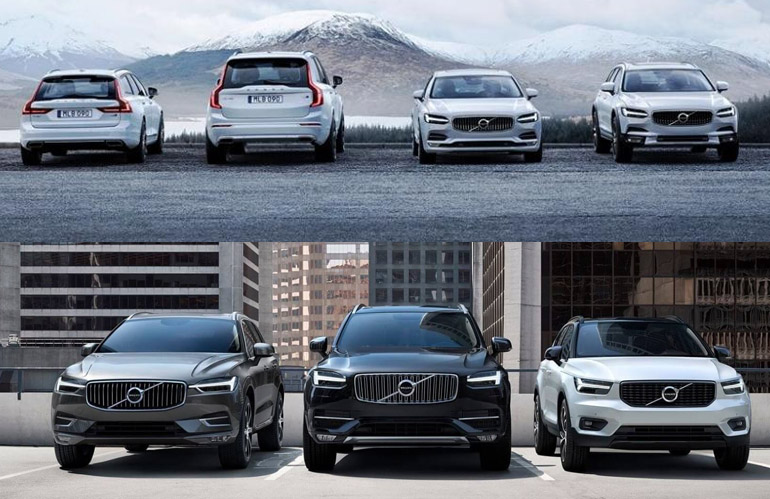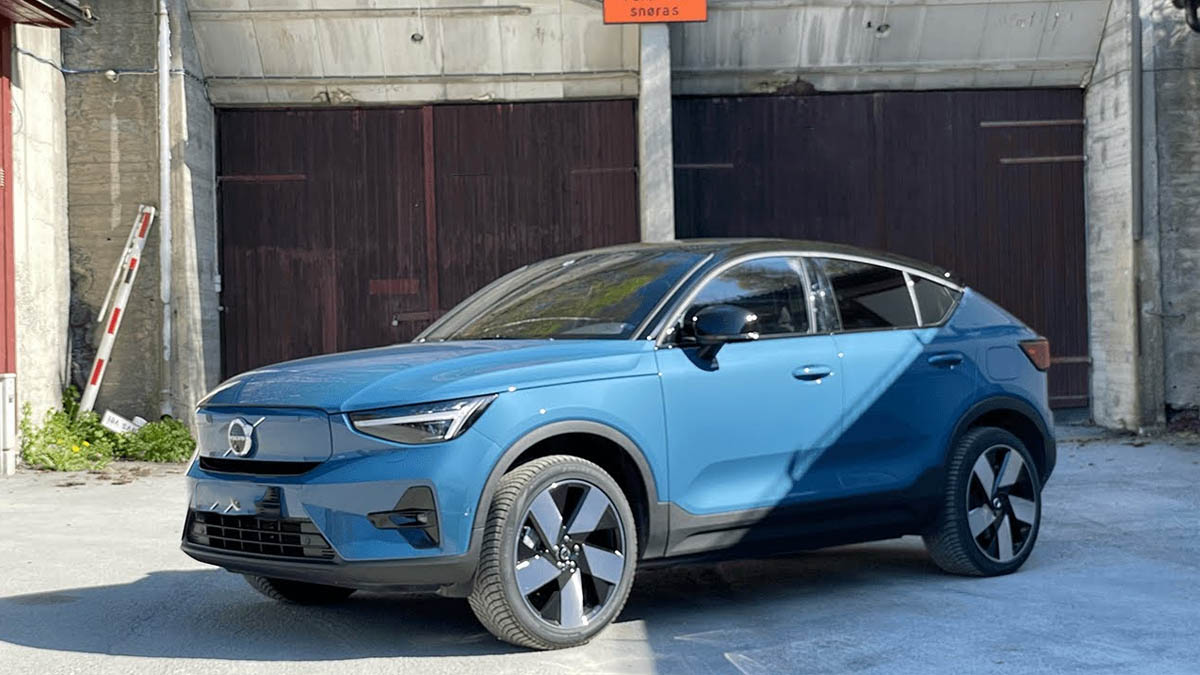Volvo cars have been around in Nigeria for a long time. Since then, they’ve gotten a reputation in the country and are also known globally as a leader in car safety, but is that title deserved? Are Volvos safe?
Table of Contents
To answer this question, let’s examine their history and how many Volvo models are on the IIHS Top Safety+ Picks list.
How Volvo Earned its Safety Badge
The first Volvos were designed with safety in mind and prioritized safety long before it was mandated. One of its first innovations was laminated glass, which doesn’t fall apart when shattered, in 1944.
In the 1950s, a Volvo engineer, Nils Bohlin, designed the first three-point seatbelt. Volvo used the three-point seatbelt in all cars by 1959. They also shared this patent freely so that other car manufacturers could improve the safety of their vehicles.
Have 1 million naira and above to Buy or Sell Cars In Nigeria?Check carlots.ng RIght Now RIght Now
They are also responsible for designing the first rear-facing child seat in 1964. The design was inspired by images of astronauts lying on their backs during takeoff. They also came up with their child booster seat in 1978.
Volvo First Started Changing Safety in the Car Industry
In the 1990s, the Swedish car company introduced a Side Impact Protection System, which absorbed some of the shock of a collision into a safety cage. This was one of their more well-known safety features and has been standard on every one of their vehicles since.
Volvo was the first car manufacturer to introduce side airbags in 1995. In 1998, they installed a head-protection airbag. That same year, they also introduced a Whiplash Protection System, designed to protect front-seat occupants in a collision.
Volvo Continues to Prioritize Safety
Volvo’s Run-Off Road Protection technology was introduced in 2014 to protect occupants of the XC90 SUV in the event of an off-road crash. It also incorporated a rollover protection system, blind spot technology, low-speed automatic braking, and pedestrian detection.
Volvo’s goal is zero deaths with their Million More plan
Volvo is making more advancements toward safety, including limiting the top speed on all of its new cars to 112 MPH. They’ve introduced a Care Key, which limits the top speed of their vehicles. The Care Key is designed when a young or inexperienced driver is behind the wheel.
They are also working on putting driver-facing cameras inside cars to determine if a driver is impaired or distracted.
15 Volvos Are on the IIHS Top Safety Picks List
Not only are they all on the Top Safety Picks list, but they’re all Top Safety+ Picks. Top Safety+ Picks must get good ratings in the driver-side small overlap front, passenger-side small overlap front, and moderate overlap front tests. They also must have good ratings in the side, roof strength, and head restraint tests.
Top Safety+ Picks must be advanced or superior for their available vehicle-to-vehicle and vehicle-to-pedestrian front crash prevention. Additionally, they must get an acceptable or good headlight rating.
Volvo Cars are Still Some of the Most Safest Cars to Buy Today
Other car manufacturers have made huge strides in vehicle safety, but Volvo continues to produce consistently safe vehicles. Of course, you should always check the safety ratings on the individual vehicle you’re considering, but when safety is your top priority, Volvo is a great choice.
Have 1 million naira and above to Buy or Sell Cars In Nigeria? Check carlots.ng
All rights reserved. Reproduction, publication, broadcasting, rewriting, or redistribution of this material and other digital content on carmart.ng is strictly prohibited without prior express written permission from Carmart Nigeria - Contact: [email protected]








